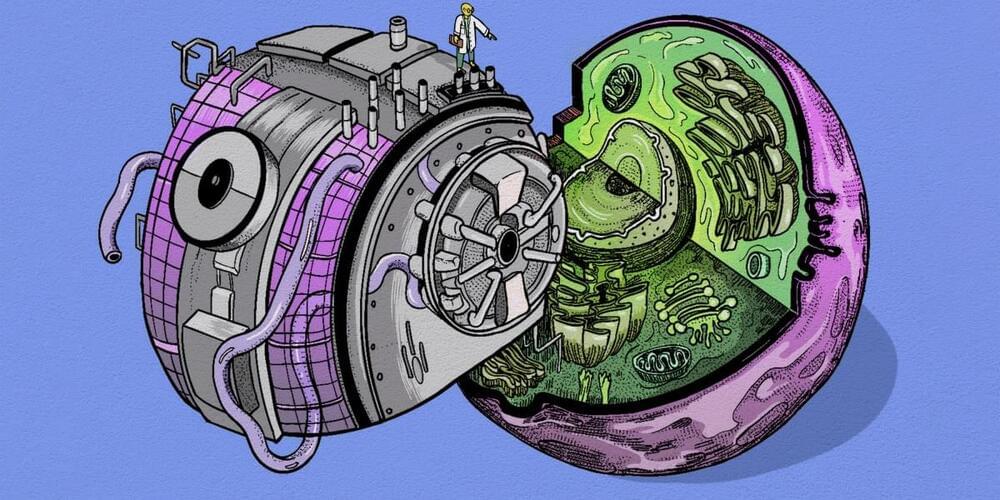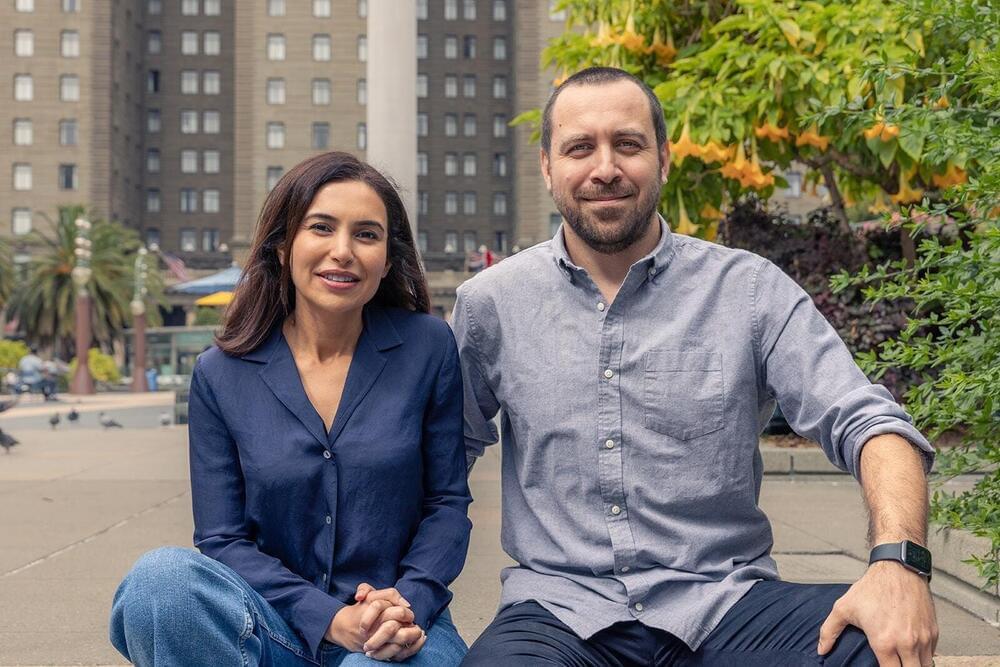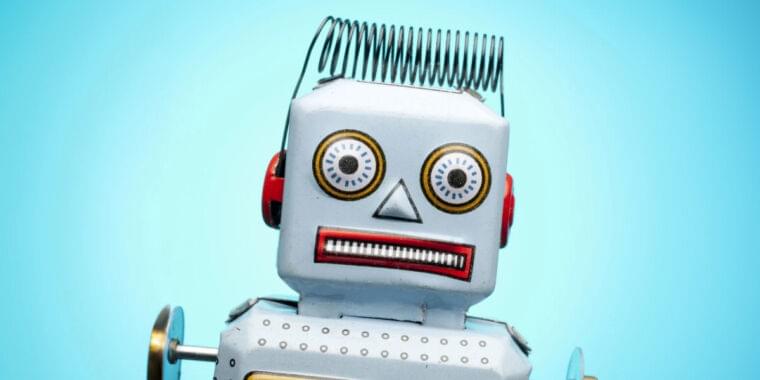Google DeepMind has used its technology to identify parts of human DNA that might cause diseases.



A virtual cell modeling system, powered by AI, will lead to breakthroughs in our understanding of diseases, argue the cofounders of the Chan Zuckerberg Initiative.
As the smallest living units, cells are key to understanding disease—and yet so much about them remains unknown. We do not know, for example, how billions of biomolecules—like DNA, proteins, and lipids—come together to act as one cell. Nor do we know how our many types of cells interact within our bodies. We have limited understanding of how cells, tissues, and organs become diseased and what it takes for them to be healthy.
AI can help us answer these questions and apply that knowledge to improve health and well-being worldwide—if… More.

Generative AI startup Writer has raised $100 million in a series B funding round, valuing it between $500 million and $750 million, the company announced Monday. Writer’s large language models produce content ranging from incident reports and emails to product descriptions and executive summaries, placing it squarely in competition with OpenAI’s ChatGPT Enterprise, which was launched last month, and other fast-growing unicorns like Typeface.
But despite the crowded generative AI space, Writer CEO and cofounder May Habib told Forbes that some enterprise customers are switching from Azure OpenAI over to Writer because the quality of outputs generated by ChatGPT wasn’t high enough. Her startup’s… More.
Firms like Spotify, Uber and Accenture use Writer’s generative AI tools to research, create and analyze content.
Artificial Intelligence (AI) is increasingly a part of the world around us, and it’s rapidly changing our lives. It offers a hugely exciting opportunity, and sometimes, it can be more than a little scary. And without a doubt, the big development in AI making waves right now is generative AI.
Just like it sounds, it’s AI that can create, from words and images to videos, music, computer applications, and even entire virtual worlds.
What makes generative AI different and special is that it puts the power of machine intelligence in the hands of just about anyone.
Unlock the potential of generative AI and explore how this revolutionary technology is democratizing creativity and redefining the concept of originality.


Google DeepMind researchers recently developed a technique to improve math ability in AI language models like ChatGPT by using other AI models to improve prompting—the written instructions that tell the AI model what to do. It found that using human-style encouragement improved math skills dramatically, in line with earlier results.
In a paper called “Large Language Models as Optimizers” listed this month on arXiv, DeepMind scientists introduced Optimization by PROmpting (OPRO), a method to improve the performance of large language models (LLMs) such as OpenAI’s ChatGPT and Google’s PaLM 2. This new approach sidesteps the limitations of traditional math-based optimizers by using natural language to guide LLMs in problem-solving. “Natural language” is a fancy way of saying everyday human speech.

A team of researchers in Japan claims to have figured out a way to translate the clucking of chickens with the use of artificial intelligence.
As detailed in a yet-to-be-peer-reviewed preprint, the team led by University of Tokyo professor Adrian David Cheok — who has previously studied sex robots — came up with a “system capable of interpreting various emotional states in chickens, including hunger, fear, anger, contentment, excitement, and distress” by using “cutting-edge AI technique we call Deep Emotional Analysis Learning.”
They say the technique is “rooted in complex mathematical algorithms” and can even be used to adapt to the ever-changing vocal patterns of chickens, meaning that it only gets better at deciphering “chicken vocalizations” over time.
The Toyota Research Institute (TRI) has unveiled a ground-breaking generative AI method that enables the rapid and efficient teaching of new and improved dexterous skills to robots.
This is according to a press release by the organization published on Tuesday.
“We’ve had a bit of a breakthrough.” Toyota, MIT and Columbia Engineering have shown off wild results from a new AI learning approach that massively accelerates how quickly robots can acquire new skills. It looks like a ChatGPT moment for robotics.
A new factory will produce the human-centric, multi-purpose robot “Digit” at scale in the U.S.
Agility Robotics, creator of a groundbreaking bipedal robot called Digit, has revealed that the company is opening RoboFab, a robot manufacturing facility in Salem, Oregon with the capability to produce more than 10,000 robots per year.